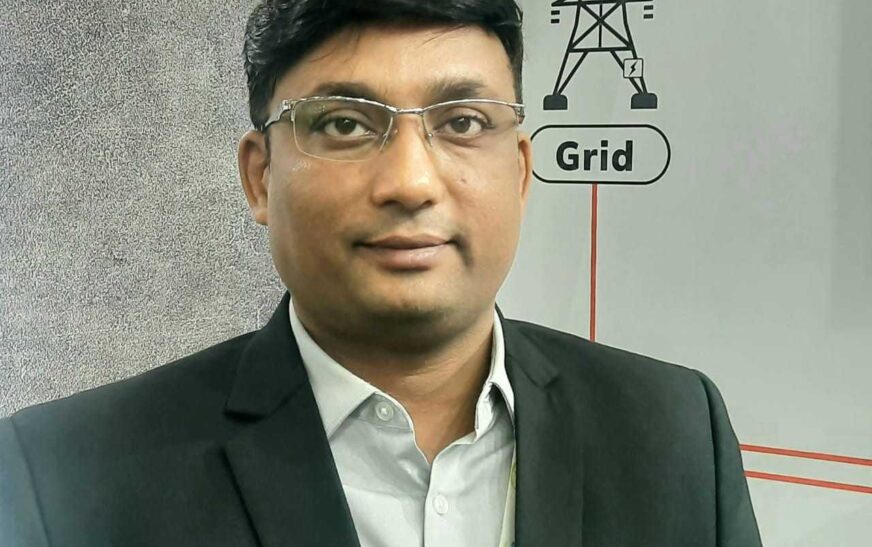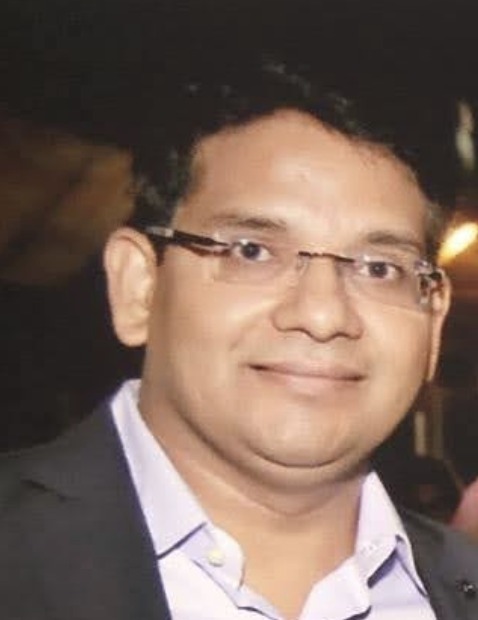StarCharge stands as a global powerhouse in electric vehicle (EV) charging infrastructure and microgrid solutions. With a remarkable achievement of delivering up to 2 million EV chargers, the company proudly holds the No. 1 position worldwide in cumulative sales volume over the last decade. Leveraging cutting-edge technology, StarCharge provides a diverse portfolio of intelligent and dependable charging and energy solutions, tailored to meet varied needs while driving the vision of a more efficient and resilient energy future.
In an exclusive conversation with The Interview World, Sunil Kumar Dashora, Country Head at Wanbang Starcharge India Pvt. Ltd., delves into the company’s innovative offerings. He discusses the advanced home charging solutions, highlights their compatibility with a wide range of vehicles, and provides insights into energy storage systems. Dashora also sheds light on the overwhelmingly positive market response, details planned innovations to enhance existing products, and shares his long-term vision for the next five to ten years. Notably, he emphasizes the unparalleled efficiency and reliability of StarCharge’s chargers.
Here are the highlights from this thought-provoking discussion.
Q: Can you elaborate on the home charging solutions developed by StarCharge and explain what sets them apart from other products currently available in the market?
A: Our chargers combine cutting-edge technology with elegant craftsmanship, delivering both performance and aesthetics. We offer a comprehensive range of solutions, starting with AC chargers from 7 kilowatts to 22 kilowatts. In the DC segment, our portfolio extends from 30 kilowatts to an impressive 480 kilowatts, catering to diverse needs and applications.
What sets us apart is our complete control over the technology and components. Unlike competitors who rely on third-party suppliers, we manufacture every core component in-house. This vertical integration ensures superior quality, reliability, and innovation across all our products.
Q: What types of vehicles are compatible with your charging solutions?
A: Our solutions primarily cater to car and bus charging, with a focus on high-capacity vehicles. While we do not currently offer charging solutions for two-wheelers and three-wheelers, our range spans from personal cars to fleet vehicles, and extends to commercial public buses, trucks, tippers, and heavy-duty vehicles. We specialize in segments that demand high power, offering solutions that scale up to a megawatt for maximum charging capacity.
Our expertise lies in providing charging solutions for large, high-capacity vehicles such as buses and trucks. However, we also offer home charging solutions designed for personal cars, ensuring a comprehensive range of options to meet diverse customer needs.

Q: Can you provide insights into the energy storage systems your company has developed?
A: Our energy storage system uses advanced lithium-ion batteries, unlike traditional lead-acid batteries. These batteries offer a lifespan of seven years or more, making them an ideal replacement for generators in residential areas, banks, and corporate offices.
This solution aligns with green initiatives, replacing diesel generators with a cleaner, more efficient alternative. It requires minimal space, is technologically advanced, and can be directly connected to the power supply. Unlike generators that experience a delay—sometimes up to a minute—when power cuts occur, our solution operates seamlessly as an in-line system, similar to an uninterruptible power supply (UPS). This ensures continuous, uninterrupted power.
Moreover, our solution is environmentally friendly—no diesel, no pollution. We offer storage systems ranging from three kilowatts to megawatt scales, including two and three-megawatt solutions, and even containerized options for ease of deployment.
From home use to grid-scale applications, our energy storage system meets diverse needs. In areas with unstable grid power or high peak loads, where the grid cannot provide sufficient energy, our system can supplement power. It can also integrate with the grid, functioning as a small or microgrid for the area, ensuring stable and reliable energy supply.
Q: What kind of market response do you receive for your products?
A: The market response has been highly positive. We have supplied a significant number of chargers, including 180-kilowatt chargers, primarily in the bus segment. To date, we have covered over 1,500 locations for bus and DC charging across the country.
The Indian market is still in its early stages but holds tremendous potential. While the conversion rate of personal and public vehicles to electric vehicles currently remains under 1%, we anticipate a rapid shift in the coming years. As more vehicles—both personal and commercial—transition to electric, the demand for charging infrastructure will surge. We project that, when 20-30% of vehicles are converted, millions of EVs will be on the road, significantly increasing the need for reliable charging solutions. This presents a remarkable growth opportunity in India’s market.
Q: What innovations are you working on to enhance your existing products?
A: We have integrated innovative solutions that connect our chargers to the cloud, enabling real-time diagnostic data transfer. This data allows us to analyze and proactively detect potential issues. For example, if a charger is likely to experience a malfunction, we can identify this in advance. By analyzing the diagnostic data, we can take preventive action before any faults occur.
These innovations ensure that all charger data is securely stored in the cloud, where it remains protected. The data can be processed and presented in a report format, enabling users to track usage trends and historical patterns. They can monitor how the charger is being used, assess its operational efficiency, and review any potential issues through the cloud platform. This approach adds significant value, providing greater insight into charger performance and enhancing the overall user experience.
Q: What market segments are you aiming to capture in India over the next five to ten years for this event?
A: In the next five to ten years, we see significant potential for growth. We are now engaging with major commercial vehicle manufacturers, particularly those in the bus and truck sectors. Additionally, in the energy segment, we are targeting government contracts, where large-scale solutions are in demand. We anticipate the market will reach at least $200 million within the next three years.
Q: Charging time is a significant challenge. How does your technology address this issue, and how much time does it take to fully charge a truck?
A: Reducing charging time is not solely a function of the charger; it’s equally an initiative from the vehicle side. The charger can deliver the required power, but the vehicle must be capable of receiving it. The responsibility lies with the vehicle manufacturers to design vehicles that can handle higher power, meaning they must support high voltage, high current, and greater capacity.
On the charger side, we are fully equipped, offering solutions that can deliver up to 480 kilowatts. However, current vehicle capacities are limited to 40, 60, or 70 units. So, while the charger is ready, the vehicle manufacturers still have progress to make. They are actively working on it, and we are seeing positive developments.
Q: How long does it take to charge a vehicle’s battery when utilizing the full charging capacity?
A: For commercial vehicles, the batteries typically have a capacity of around 50 kilowatt-hours, equivalent to 50 units of electricity. When charged with a 60-kilowatt charger, it takes approximately one to one and a quarter hours to charge from 0% to 100%. However, in practice, vehicles rarely arrive at charging stations with a 0% charge. More often, they come with around 20% to 25% battery remaining. In such cases, it takes roughly 40 minutes to fully charge the vehicle.









1 Comment
Hi my loved one I wish to say that this post is amazing nice written and include approximately all vital infos Id like to peer more posts like this
Comments are closed.